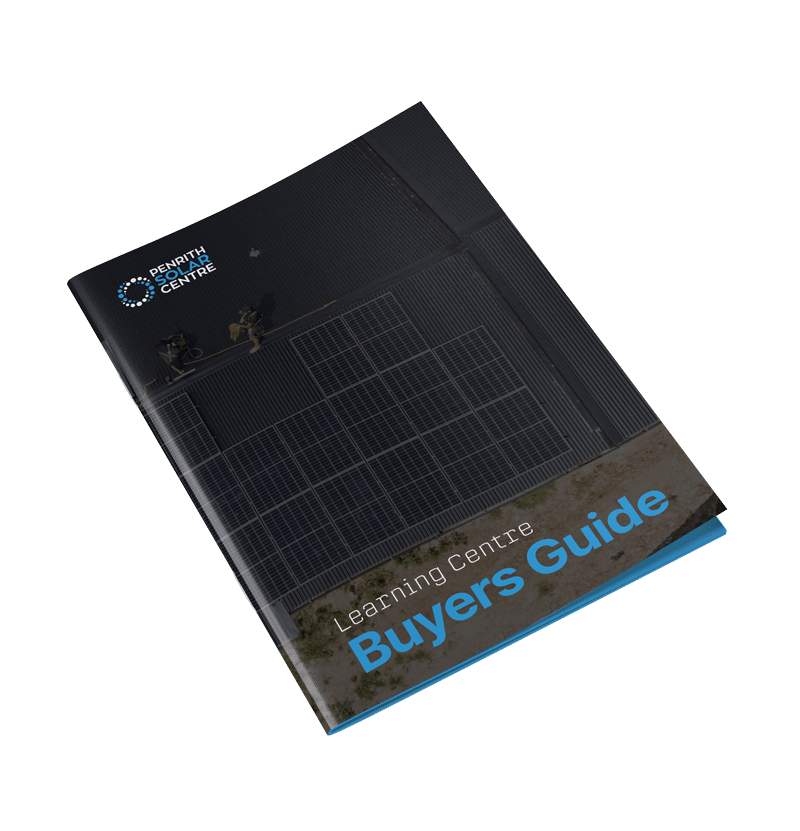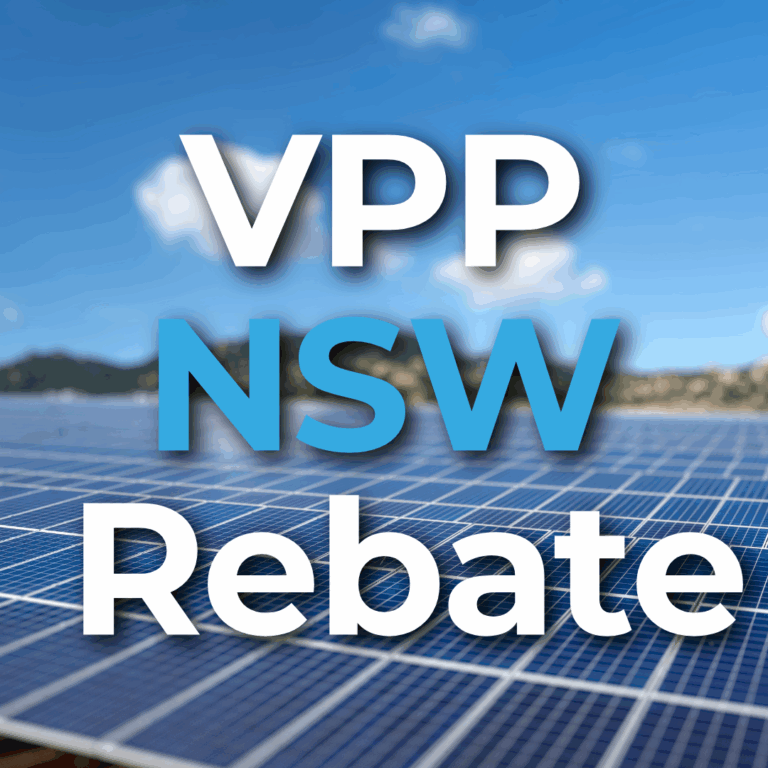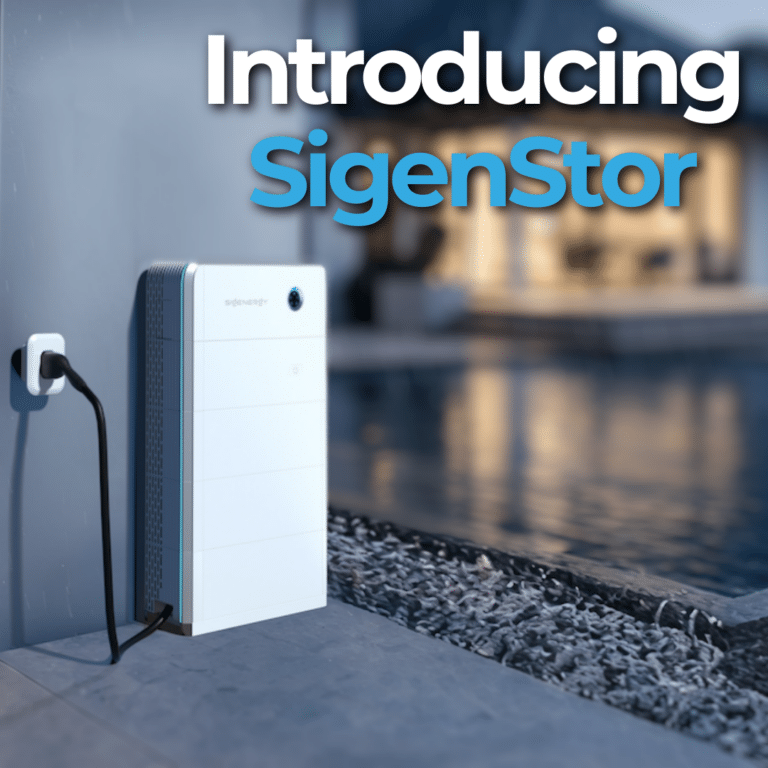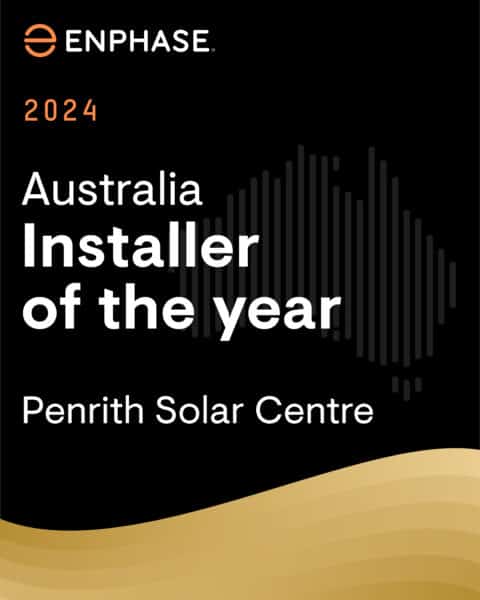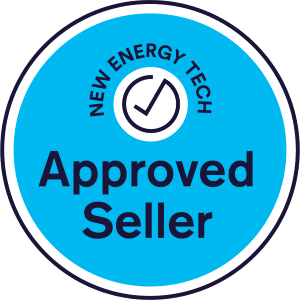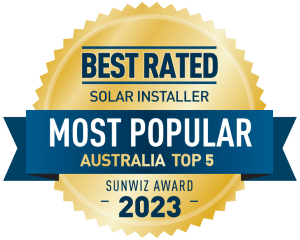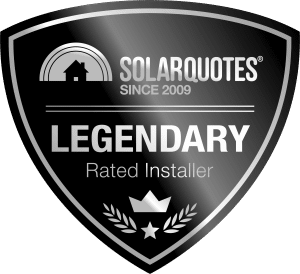
Updated on September 23, 2025
Choosing a solar system isn’t just about cutting energy bills; it’s also about making a smart financial investment. For many homeowners, the big question is how long it will take to recoup the initial cost of their solar system.
This time frame is known as the payback period.
At PSC Energy, we understand how important the financial side of solar is to customers. After all, solar is an enormous energy coupon for the next thirty years of sunshine. All you need is a roof and a system. But which system will pay for itself fastest?
In this article, you’ll learn about the following:
- Understanding the Payback Periods for Solar Panel Systems
- String Inverter Payback Period
- Enphase Microinverter Payback Period
- Tesla Powerwall 3 Payback Period
- FAQ: Solar Payback Periods
By the end of this article, you’ll know the payback period for standard string inverters, Enphase microinverters, and the Powerwall 3 when installed as a solar system. We’ll break down costs, benefits, and typical timeframes so you can decide which system best fits your unique energy needs and financial goals.
Understanding the Payback Periods for Solar Panel Systems
We understand that the upfront cost of solar creates a bit of resistance in some buyers. We get it.
Over time, that upfront cost is recovered through the energy savings your solar or solar and battery produce for you. Simply put, the payback period is the time it takes for the financial benefits of an investment to equal the initial amount you spent.
That point, where the system has effectively “paid for itself” through savings will be different for everyone.
Several factors play a role in determining how quickly your solar investment will pay for itself. From up-front expenses to local energy rates, each element can impact the timeline in different ways.
It’s really just a matter of three simple questions:
- How much energy does your household use?
- How much do you spend on energy from your retailer?
- How much does your solar system cost?
1. Initial Purchase and Installation Costs
- This will vary from product to product and installer to installer.
2. Local Electricity Rates
- The price you currently pay for electricity plays a big part in how quickly your solar system can offset your energy costs. In Sydney, NSW, energy costs about $0.38 per kilowatt hour on average. There are peak hours, shoulder, and off-peak hours, so we’re going with an average estimate.
- It’s easy to estimate the cost of energy from your retailer over time. Just multiply $0.38 per kWh by how many kilowatt hours are listed on your energy bill. Then multiply that figure by 30 years, the warranted lifespan of solar panels, to estimate how much paying for electricity without solar costs. Don’t forget about the dollar a day collection charge.
3. Energy Usage Patterns
- How much energy your household consumes and when you use it most heavily will also affect your saving potential.
- Impact of High vs. Low Usage: The higher your bills, the faster the payback period. This is an important part of the equation to understand. A larger system decreases your payback period because that solar system produces a lot of energy. And the more energy from the sun, the lower those pesky energy bills will be. A home with high energy use during peak hours will see quicker payback than a low-usage household.
Assessing the payback period will empower you to make an informed decision about your long-term financial goals. Because there’s such variety in the factors affecting the payback period, understanding this timeline is crucial when evaluating value.
If you’re interested in learning a bit more about weighing the cost of solar against the cost of the grid, you might want to check out the following article titled, Cost of Solar Panels vs. Cost of Energy from the Grid.
String Inverter Payback Period
What Are String Inverters?
String inverters are the most common type of solar inverter. In this setup, all solar panels connect to a single central inverter, installed on the side of the home.
This central inverter converts the energy from all panels into usable electricity. They are usually the cheapest option and provide a quick return on investment.
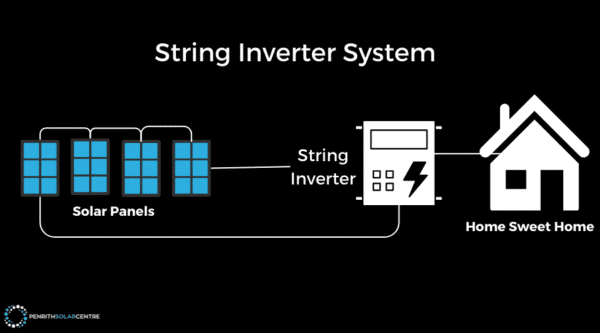
Typical Payback: Around 3 years.
Example: A standard string inverter system, including a well-known brand like Sungrow with a standard 15kW system, will be under $10,000.
At an electricity price of $0.38 per kWh and a feed-in tariff of $0.05 per kWh, this system would pay for itself in approximately three years.
Budget options, such as GoodWe or Solis, can lower the payback period to about 2.5 years. These systems are cheaper upfront, leading to a quicker return on investment.
However, faster payback often comes with trade-offs:
- Shorter Warranties: Budget inverters have less warranty coverage, which leads to higher repair or replacement costs later on. You can expect 5 – 10 years here.
- Shorter Lifespan: Lower-cost components wear out faster, meaning you will replace parts or even the entire system soon after making your money back.
- Cheaper components attract cheaper installers: If you’re buying cheap budget string inverters what makes you think the installer will not follow suit?
Think of budget string inverters like a low-cost car. You’ll save money upfront, but it may need more maintenance, and it won’t last as long. This is why people often say, “Buy cheap, buy twice.”
Summary for String Inverters
Pros: Quick payback period, lower initial cost.
Cons: Lower warranties and less long-term reliability, especially with budget options.
Bottom Line: Standard string inverters offer a fast payback, making them a solid choice if you’re looking for immediate savings, but they will require more maintenance over time.
If you’re interested in learning a bit more about how microinverters compare to string inverters from a cost point of view, you might want to check out the following article titled, Cost of Microinverters vs. Cost of String Systems.
Ready to go solar? Click here.
Enphase Microinverter Payback Period
What Are Microinverters?
Unlike string inverters, microinverters are mounted directly beneath each solar panel. This setup allows each panel to operate independently, which improves performance, especially in situations where shading or dirt affects some panels but not others. Enphase is a popular brand known for its microinverter systems.
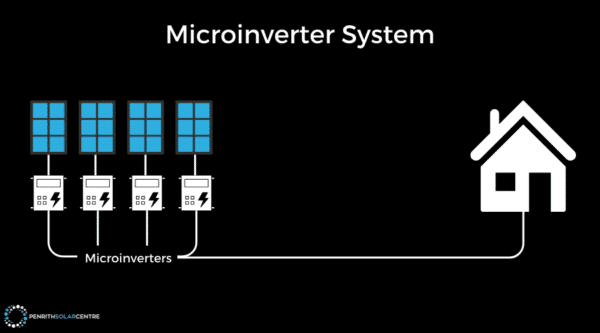
Typical Payback: Around 4 – 5 years.
Enphase systems cost more than standard string inverters, which extends the payback period to about four years.
Example: an Enphase system with an upfront cost higher than $10,000 might take an additional year or two to pay off compared to a standard string system.
Advantages of Enphase Microinverters:
- 25-Year Warranty: Enphase offers the longest warranties in the industry. This warranty means fewer worries about repair or replacement costs over the long term.
- Consumption Monitoring: Enphase systems come with built-in consumption monitoring, allowing you to track your energy usage in real time. This feature is like having a dashboard in your car that shows exactly how fast you’re driving and how much fuel you’re using. With this data, you can make smarter choices to optimise your energy use and save even more.
- Higher Long-Term Savings: Enphase systems might take a bit longer to pay off, but their quality and longevity mean they’re more cost-effective over their lifetime. When you calculate the total cost over 25 years, Enphase’s durable system provides a lower cost than most budget options.
Summary for Enphase Microinverters
Pros: Durable, long warranty, built-in energy monitoring, better long-term savings.
Cons: Higher upfront cost, slightly longer payback period.
Bottom Line: Enphase microinverters are a great choice if you’re focused on long-term reliability and quality. The payback period may be longer, but the system’s durability and monitoring features increase your savings over time.
If you’re interested in learning a bit more about the cost of an Enphase solar system, you might want to check out the following article titled, How Much Does a Microinverter Solar System Cost?
Tesla Powerwall 3 Payback Period
What is the Tesla Powerwall 3?
The Tesla Powerwall 3 combines both a solar inverter and a battery into one system. The battery stores excess solar energy for later use, allowing you to increase self-consumption and reduce reliance on the grid.
This system is ideal for homeowners who want to maximise their solar power use, have backup power, and potentially sell excess energy back to the grid.
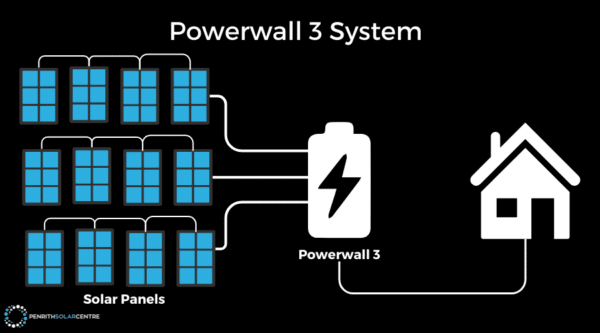
Typical Payback: Around 5 – 5.5 years.
The Powerwall 3’s battery increases its cost, which extends the payback period compared to string or microinverters.
However, the battery allows you to store extra solar energy and use it later, which reduces your dependence on the grid and increases your total savings.
Advantages of Powerwall 3:
Increased Self-Consumption: By storing solar energy, the Powerwall 3 helps you use more of the energy your system generates instead of sending it back to the grid. This increases the value of each kilowatt-hour you generate, which speeds up the payback period.
High Solar Capacity:
The Powerwall 3 can support up to 20kW of solar panels, allowing you to install more panels and generate more energy.
In 2025, government rebates will cover much of the panel cost, so loading your roof with panels can increase your savings without significantly increasing your upfront cost. It’s another reason why Powerwall 3 is a great value.
Virtual Power Plant (VPP) Compatibility:
The Powerwall 3 is designed to connect to a Virtual Power Plant (VPP), allowing you to sell excess energy back to the grid.
This feature can shorten your payback period if you join a VPP with high rewards or a favourable variable feed-in rate.
Summary for Tesla Powerwall 3
Pros: Maximises self-consumption, provides backup power, and can connect to VPPs for potential income.
Cons: Higher upfront cost, longest payback period (5 – 5.5 years).
Bottom Line: The Powerwall 3 is ideal if you want energy independence, backup power, and the option to earn through energy sharing. While the payback is longer, the battery’s benefits and flexibility can lead to significant savings and even income in the long run.
If you’d like to learn more about the price of a Powerwall 3, you might want to check out the following article titled, How Much Does a Tesla Powerwall 3 Cost?
Power up your savings. Click here.
Which System is Right for You?
- Budget String Inverter: Best for a quick payback (2.5 – 3 years) and lower initial cost, but expect a shorter lifespan and more potential maintenance costs.
- Enphase Microinverter: Great balance of reliability and long-term savings with a 4 – 5 year payback, plus the benefits of a 25-year warranty and built-in monitoring.
- Tesla Powerwall 3: Ideal for those seeking energy independence, backup power, and payback opportunities with a 5 – 5.5-year payback. Offers the longest-term benefits through storage and potential VPP income.
Choosing the right solar system depends on your payback goals, budget, and long-term energy needs. Each system serves different needs—think about your goals to decide which one suits you best.
At PSC Energy, we offer both Enphase and Powerwall 3 systems for our customers because we recognise the value they offer.

If you’re interested in learning a bit more about solar panels and energy systems, you might want to check out the following article titled, Are Solar Panels Worth It in NSW, Australia? A Price Breakdown for 2025.
FAQ: Solar Payback Periods
What is a solar payback period?
The payback period is how long your system takes to earn back its upfront cost through bill savings. After this point, your solar keeps saving you money.
What drives my solar payback in NSW?
Your payback depends on three things: how much energy you use, what you pay per kWh, and what your system costs. Shading, roof angle, and tariffs also matter.
How do I estimate my current energy spend?
Multiply your average kWh per bill by your tariff (about $0.38 per kWh in Sydney). Add the daily supply charge. Project it over the years you plan to stay.
How fast do budget string inverter systems pay back?
About 2.5 to 3 years. They are cheaper upfront, so they return the cost quickly. Expect shorter warranties and more maintenance later.
What is the typical payback for a quality string inverter?
About 3 years for a standard 15 kW system at today’s average tariffs and feed-in rates. Quality brands cost more but offer better reliability.
How fast do Enphase microinverter systems pay back?
About 4 to 5 years. They cost more upfront but deliver stronger long-term value with panel-level performance and a 25-year warranty.
What is the payback for a Tesla Powerwall 3 with solar?
About 5 to 5.5 years. The battery adds cost but lifts self-consumption, covers nights and peaks, and can protect you during outages.
When does a battery shorten payback?
A battery helps when you use lots of power at night, face high peak tariffs, or want strong blackout protection. It captures solar you would export for little.
Do government rebates change payback?
Yes. STCs reduce solar upfront costs. The federal battery rebate can cut battery payback by years when available.
How do feed-in tariffs affect payback?
Lower feed-in rates push payback longer for solar-only systems. A battery helps by storing excess energy instead of exporting it for a small credit.
How big should my system be for the fastest payback?
Size it to your daytime use first. If you plan to add a battery, oversizing the array within roof and inverter limits can improve year-round savings.
How do my usage patterns change payback?
Daytime-heavy users see faster payback with solar-only. Night-time users benefit from a battery because it shifts solar to when you need it.
What about warranties and lifespan?
Budget inverters carry 5–10 year warranties and may need replacement. Enphase microinverters carry 25 years. Longer warranties protect lifetime value.
Do maintenance and repairs impact payback?
Yes. Cheaper systems can fail earlier and add costs. Quality hardware and in-house installers reduce downtime and protect your savings curve.
Should I join a Virtual Power Plant?
It depends on your goals. Some VPPs pay well and can shorten payback. Check discharge limits, event frequency, and payments before you opt in.
Can financing still deliver a good payback?
Yes. If repayments are near or below your energy savings, you can stay cash-flow neutral or positive and still reach payback on schedule.
What is the quick comparison of paybacks?
String inverter: about 2.5–3 years. Enphase microinverters: about 4–5 years. Powerwall 3 with solar: about 5–5.5 years, often with better resilience.
